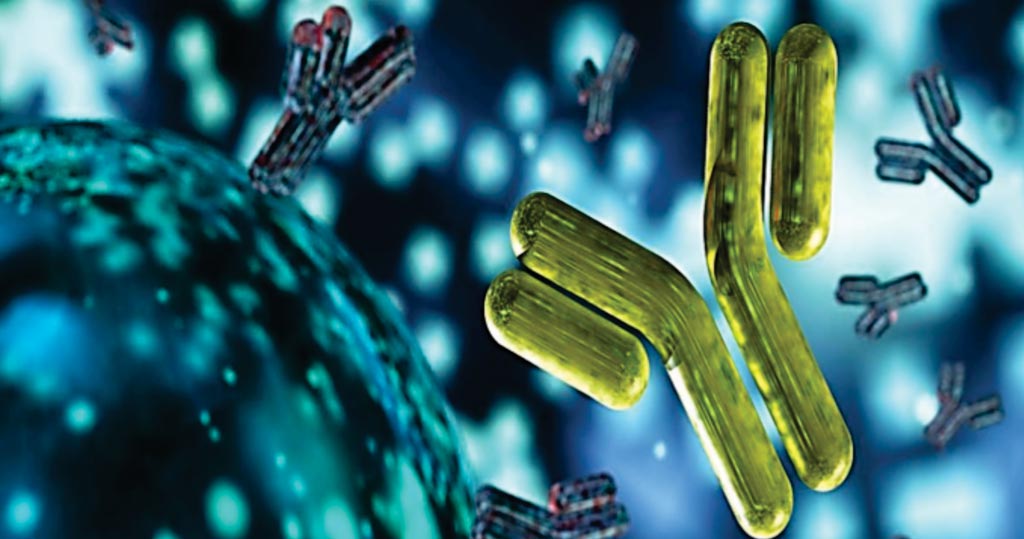Immunoglobulins and Neutrophils Play Unexpected Role in Anaphylaxis
By LabMedica International staff writers
Posted on 23 Jul 2019
Anaphylaxis may be brought about by various substances, including drugs (antibiotics or neuromuscular blocking agents), food and insect venom. Anaphylaxis is a hyperacute allergic reaction caused by an inappropriate immune response following the introduction of a usually harmless antigen into the body.Posted on 23 Jul 2019
When this antigen binds to antibodies already in the body, it triggers the secretion of large quantities of potent vasodilating mediators, sending the patient into a state of shock that may result in multiple organ failure and even death. Anaphylactic shock is sometimes caused by the use of drugs during surgery. In most of these extreme reactions, evidence can be provided that patients have anti-drug antibodies of the immunoglobulin E (IgE) class.

Image: An immunoglobulin G (IgG)-induced neutrophil activation pathway contributes to human drug-induced anaphylaxis (Photo courtesy of Institut Pasteur).
Scientists at the Institute Pasteur (Paris, France) and their colleagues prospectively conducted a multicenter study of 86 patients with suspected anaphylaxis to neuromuscular-blocking agents (NMBAs) during general anesthesia and 86 matched controls. Blood samples were taken as soon as an anaphylactic shock occurred in the operating room, enabling the scientists to identify the alternative IgG-dependent mechanism.
The collaborators found that concentrations of anti-NMBA IgG and markers of FcγR activation, platelet-activating factor (PAF) release, and neutrophil activation correlated with anaphylaxis severity. Neutrophils underwent degranulation and NETosis early after anaphylaxis onset, and plasma-purified anti-NMBA IgG triggered neutrophil activation ex vivo in the presence of NMBA. NETosis is a unique form of cell death that is characterized by the release of decondensed chromatin and granular contents to the extracellular space. Neutrophil activation could also be observed in patients lacking evidence of classical IgE-dependent anaphylaxis.
The scientists demonstrated that IgG antibodies activate neutrophils (50%-70% of the white blood cells), releasing high doses of harmful vasodilating mediators. Neutrophil activation was more pronounced in cases of severe shock than in cases of moderate shock. Interestingly, the IgG-neutrophil pathway was also identified in most cases of shock where the traditional IgE-dependent mechanism was observed, suggesting that IgGs and neutrophils may contribute to the severity of most cases of shock via an additive effect.
Sylvie Chollet-Martin, MD, PhD, a Professor of Immunology and a senior author of the study, said, “These findings elucidate 10% to 20% of cases of anaphylactic shock that previously had no biological explanation. They will be extremely valuable in refining diagnosis in these patients and avoiding any future exposure with the drug that triggered the allergic reaction. The study was published on July 10, 2019, in the journal Science Translational Medicine.
Related Links:
Institute Pasteur














